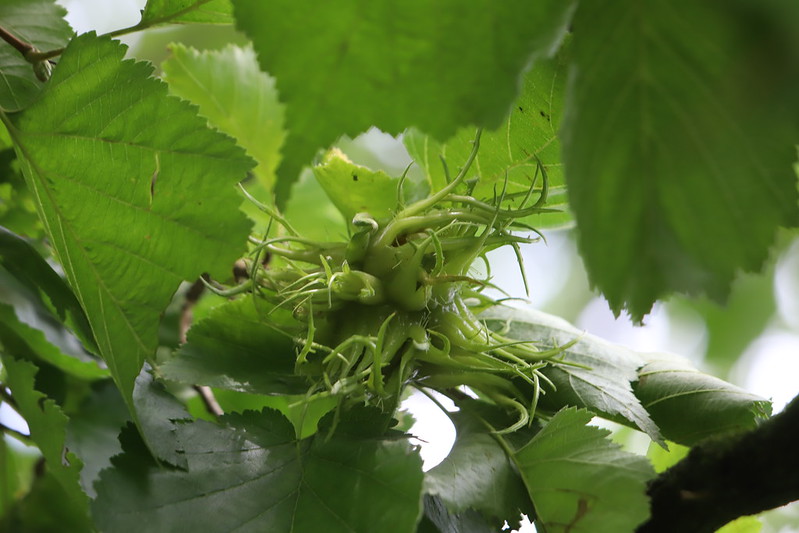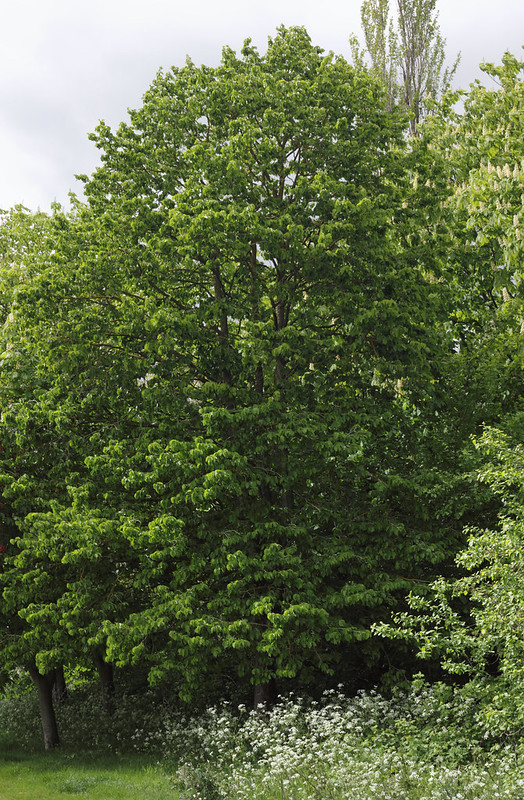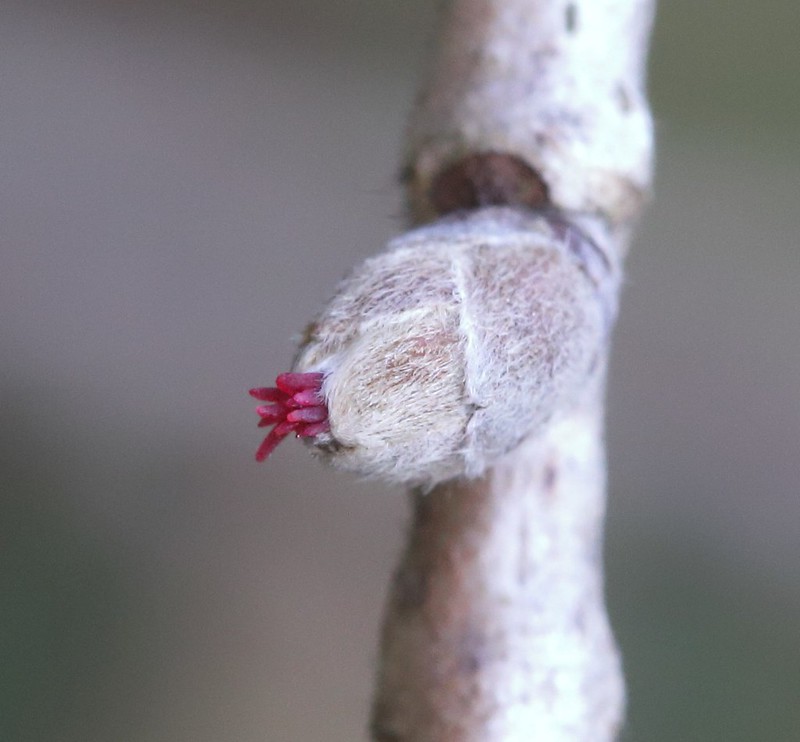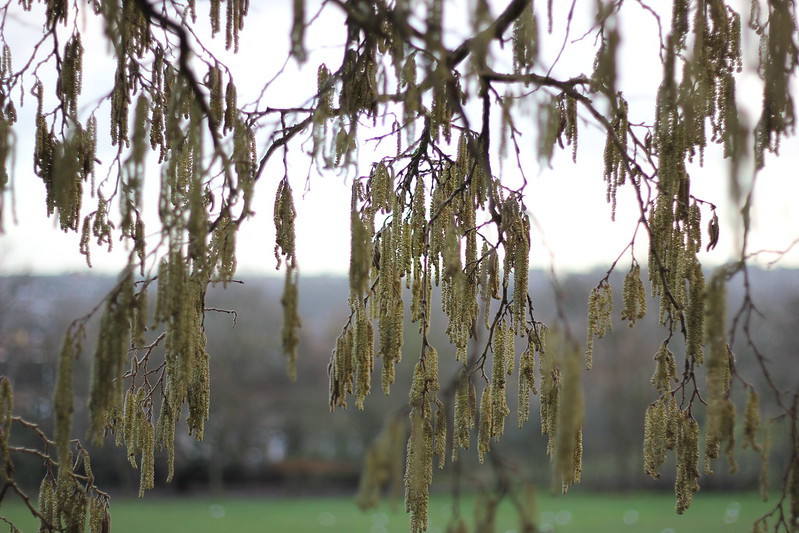Stephen Middleton from the Friends of Alexandra Park is introducing some of his favourite trees from across the 196 acres of our park. Here is his selection for September
Look out for the weird-looking fruit from this month’s tree, the Turkish Hazel (Corylus colurna). Its nuts are encased in green twisted husks making them seem almost alien. Our native hazel looks bland by comparison.

The nuts are edible although smaller than our native hazelnuts and the squirrels seem to be less keen on them.
Where do you find this tree? Follow the steep surfaced path down from the West end of Palace to the Lower Path past the resurfacing work and turn left at the bottom. You can see the tree on the uphill side of the path.

This tree is a popular planting choice nowadays, in streets as well as parks, as it is quite resistant to drought and to different soil acidities; however, it does not like to be too shaded. It can grow into quite a large tree and, unlike the common hazel, has a rough bark and a single strong trunk growing skywards. The leaves are heart shaped similar to the native hazel.
Turkish hazel is to be found in the wild in the Balkans and Asia minor and was imported into this country from the 17th century. The wood can be used as timber or in furniture making as it is not prone to warping although it is nowadays grown largely as a decorative tree.
When nothing much is blooming in January to early February, this tree (like our native tree) produces its flowers. There are separate male and female flowers on the same tree. The yellow male flowers are numerous and grouped in quite strikingly long, dangling catkins. This is a complete contrast to the female flowers which are very small, single and bright red. It can be difficult to imagine such a tiny flower developing into Turkish hazelnuts.

Something that you may spot on the tree are some large buds that look as if they are starting to open. These are galls (plant growths) created by a small mite to protect itself from the outside world. They don’t normally cause any lasting harm to the tree.
There is another Turkish hazel a little further along the lower path towards Alexandra Palace Station. With Autumn coming, now is a good time to spot the nuts and berries growing on many of the park’s other trees.






